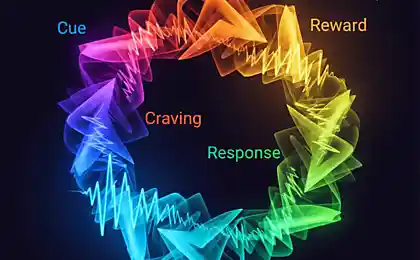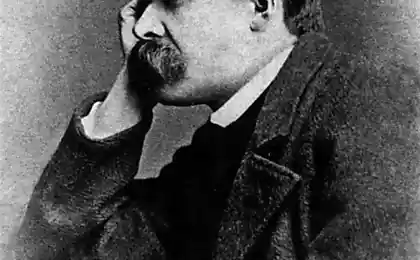194
How to be the best version of yourself

In a world imbued with the ideals of “quick success,” the true path to the best version of yourself is often lost among marketing promises. True self-improvement is a continuous process that requires a deep understanding of one’s own personality and a conscious approach to change.
Overcoming Myths About Self-Improving
Before embarking on real development strategies, it is necessary to debunk misconceptions that can lead to frustration and burnout.
Myth #1: Radical transformation as a goal
Research shows that radical change is rarely sustainable. A more effective approach is evolutionary development based on the integration of new elements into an existing identity, rather than its complete denial.
Myth #2: Constant positivity as a necessity
The phenomenon of toxic positivity can lead to the suppression of real emotions. Research indicates that all emotions carry valuable information, and true development involves the ability to be aware of the full range of human experiences.
The foundation of authentic self-improvement

Self-knowledge as a starting point
True self-improvement begins with deep self-knowledge. Awareness of one’s own cognitive processes, emotional responses, and behavioral patterns is a prerequisite for purposeful change.
Practical tools for the development of self-knowledge:
- Reflexive diary – Regular written reflection helps to track thoughts and emotions, revealing hidden patterns.
- Mindfulness meditation improves the ability to observe one’s own mental processes without judgment.
- Structured feedback helps to identify “blind spots” in self-perception.
Achieving goals consistent with internal values is associated with higher levels of well-being than achieving goals imposed from outside.
Questions for determining authentic values:
- What gives you a sense of deep satisfaction, regardless of external recognition?
- What are the most important moments in your life and why?
- What are the qualities of people you admire?
The Neurobiological Basis of Sustainable Change
Neuroplasticity as the basis of change
Neuroplasticity — the brain’s ability to change its structure in response to experience — underlies the possibility of personal change. Repeated repetition of certain thoughts and actions strengthens the corresponding neural connections, making these patterns more automatic.
Practical strategies for using neuroplasticity
- Micropractices – Regularly doing small actions creates new neural pathways more effectively than rare large-scale efforts.
- Progressive complication – a gradual increase in the complexity of tasks optimizes neural development.
- Contextual triggers – linking new habits to existing elements increases the likelihood of lasting change.

Integrating change into everyday life
A systematic approach to forming habits
Designing environments and creating systems that promote desired behaviors can be more effective than trying to continually overcome internal resistance.
Practical recommendations:
- Environment design is the modification of physical space to facilitate desired actions.
- Reducing friction: Reducing the number of steps needed to start a beneficial action.
- A bundle of habits is the binding of a new habit to an existing one.
Social support greatly increases the likelihood of successful long-term change.
Methods of socialization of the process:
- Public Commitment: An open announcement of your goals increases the likelihood of achieving them.
- Accountability Partnership: Regular meetings with a partner to discuss progress.
- Communities of practice – joining groups of people with similar goals.
Overcoming unavoidable obstacles
Cognitive overestimation of failure
People with a growth mindset see failures as learning opportunities, not as evidence of inferiority.
Avoid the trap of perfectionism – striving for perfection often leads to procrastination and burnout. Focus on progress and continuous improvement.
Measuring progress and adapting strategies
Qualitative and quantitative metrics of progress
The balance between quality and quantity provides a more complete picture of your progress.
- Quantitative metrics are measurable metrics, such as the frequency of habits.
- Qualitative metrics are the subjective perception of progress, the level of satisfaction.
True self-improvement is not the achievement of an ideal state, but a continuous process of growth. Becoming the best version of yourself means developing and deepening your authentic self.
The key principles of true self-improvement:
- Authenticity is aligning change with your core values.
- Integrity is the integration of different aspects of a person.
- Processivity is a focus on the path, not just the end results.
- Flexibility is the willingness to adapt strategies and goals.
- Self-compassion is the acceptance of imperfections as a necessary part of growth.
Glossary
Neuroplasticity
The ability of the brain to change its structure and function in response to experience and practice, forming new neural connections.
Toxic positivity
Excessive emphasis on positive thinking that leads to the denial or suppression of negative emotions.
Metacognition
The process of “thinking about thinking” is the awareness and understanding of one’s own cognitive processes.
Growth setting
The belief that abilities and intelligence can be developed through effort and learning (the opposite of a fixed setup).
Cognitive defusion
The technique of creating a psychological distance between yourself and your thoughts, allowing you to observe thoughts rather than identify with them.























